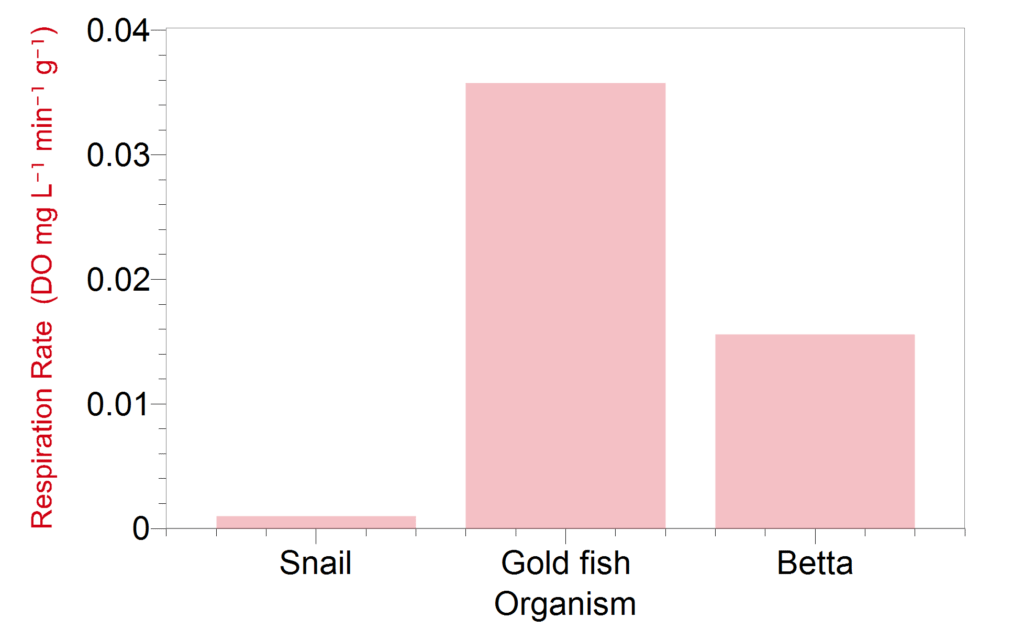Experiments in comparative physiology are an excellent way to teach concepts in evolutionary biology. In the Fall 2017 edition of The Caliper, we published a well-received, college-level comparative physiology experiment using scorpions and cockroaches. In response to the many requests we received for a high-school-level experiment, the Vernier Biology Department put their heads together and came up with an experiment that investigates the comparative physiology of snails and fish using an Optical DO Probe.
Snails are slow moving creatures that have an open circulatory system. In an open circulatory system, oxygenated and deoxygenated blood are not separated into a system of arteries and veins. Oxygenated blood from the gills flows into the heart and then out into sinuses. From there, it flows to other body tissues and eventually returns to the gills. In contrast, fish have a closed, single-loop circulatory system with arteries and veins. Deoxygenated blood from the tissues flows to the heart where it is then pumped to the gills. The blood is oxygenated by the gills, travels out to the tissues of the body, and then returns to the heart.
Some fish have also developed behavioral and anatomical adaptations for living in aquatic environments with very little oxygen. The Siamese fighting fish (Betta splendens), or Betta as it is often called, has small gills for its size. But it also has a special organ that allows it to absorb oxygen from the air with its mouth. This is an adaptation for living in rice paddies and shallow pools in tropical areas.

In this experiment, students measure the respiration rate of an aquatic snail, a goldfish (Carassius auratus), and a Betta using a small respiration chamber and an Optical DO Probe. Students collect data over a relatively short time interval (20 minutes), ensuring that the experiment can be done in a typical high school class period. After collecting data, students calculate and compare the respiration rate of each organism.
Organisms with a closed circulatory system should have higher respiration rates than organisms with an open circulatory system. One would also expect the Betta to have a lower respiration rate than the goldfish, since it has evolved to live in aquatic environments with little oxygen. As can be seen in the graph, the snail has the lowest respiration rate, the goldfish has the highest respiration rate, and the Betta has an intermediate respiration rate. For questions about this experiment, you can contact biology@vernier.com
Download the student and teacher instructions for this experiment »
